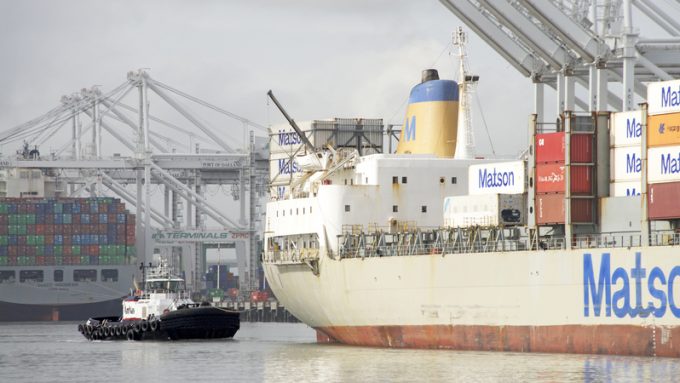Peak season or recession? Forwarders and shippers need to 'stay flexible'
Transpacific contract negotiations appear to be held in a holding pattern, with few to no ...

The downturn on the transpacific, compared with the pandemic-driven boom of the past two years, is palpable as ocean carriers start to post their Q1 results – but there are suggestions a rebound is imminent.
First-quarter preliminary results from US domestic and transpacific carrier Matson saw ...
Keep our news independent, by supporting The Loadstar
Four crew members still missing as Wan Hai 503 continues to burn
Explosions and 'out-of-control' fire reported on Wan Hai box ship
Carrier price hikes hold, driving spot rates higher as space gets scarcer
Predatory rivals circle as the ripples from DSV's Schenker buy widen
MSC Elsa crew face criminal probe, as Wan Hai 503 firefighters battle on
Transpacific rates ease as capacity boost proves too much for trades to digest
'It's driving us mad', say forwarders as US court fails to end tariff turmoil


Comment on this article